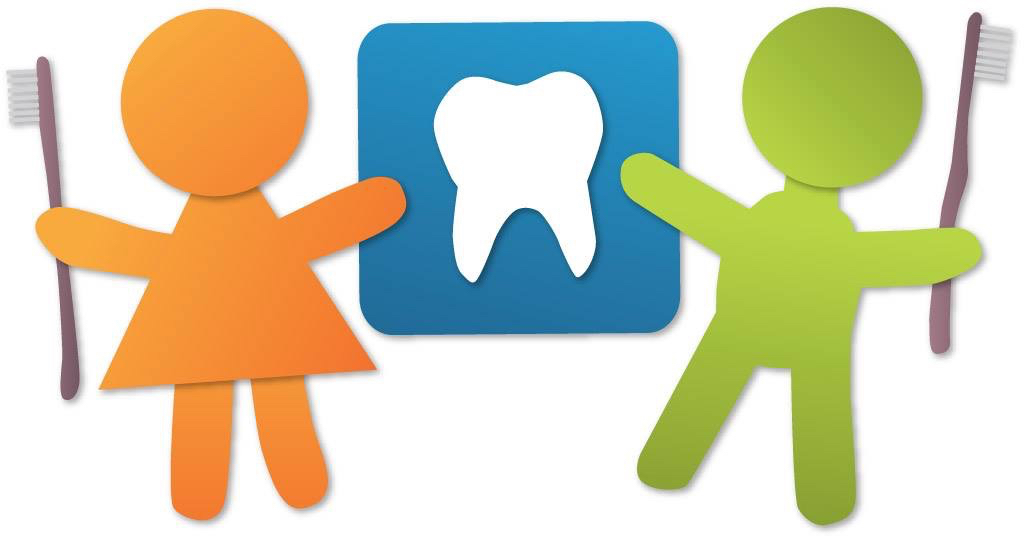What are hypocalcified teeth?
A tooth which has been disturbed during its formation may develop atypical or abnormal enamel. This is usually seen as a white, yellow, or brown discoloration on one or more surfaces of your child's tooth. We most commonly see it on the first permanent molars and on the central incisors (two front teeth), although it can happen to any or all of your child's teeth.
When this anomaly occurs, there may be some cosmetic concerns to address. In the milder forms, it shows as white marks on your child's teeth, typically near the chewing edge, although it may be anywhere on your child's tooth. The teeth are often hydration dependent; if the tooth dries out, the white spots become prominent. When the tooth remains wet, the spots diminish or disappear. We do not recommend any treatment procedures until at least the mid-teen years when a more adult facial posture has developed. At that point, we have esthetic techniques that can remove or cover the white spots, such as microabrasion.
White blemishes that are larger and more opaque will likely need removal of the blemish and filling the blemished area with a cosmetic filling material. Blemishes of a more yellow or brown nature are often improved with bleaching. If the blemish does not respond to bleaching, your child can have other cosmetic procedures to remove discolorations when he/she is older.
If the aberration in development is severe enough, it will result in soft enamel that chips and/or decays easily. It may also result in an atypical or abnormal tooth shape. This is sometimes called enamel hypoplasia. When this occurs, it is important to remove the very soft enamel and to place a white tooth colored filling in that area. Occasionally, the aberration in the enamel is extensive enough that we may recommend a white stainless steel crown as a temporary crown during the growing years. A large percentage of these teeth will be best served with a white crown after all your child's permanent teeth have erupted, growth is finished, and the occlusion has stabilized (age 18 or older).
Hypocalcified teeth can also be very sensitive for unknown reasons. Restoring or covering the hypocalcified enamel will occasionally alleviate the sensitivity. Toothpastes for sensitive teeth such as Sensodyne can also help. Avoiding highly acidic snack patterns (carbonated beverages, fruit juices, and sour candies) will also be very helpful as well.
Doctor Wang, Doctor Perea-Corkish, Doctor Gerodias and the other Doctors of Discovery Pediatric Dentistry make no warranties, expressed or implied, as to any results to be obtained from use of the information on this page. We cannot diagnose or treat patients over the Internet. Information on this site is for educational purposes only. You should not rely on this information as a substitute for personal, medical, and/or dental attention or diagnosis. Without all available information about a patient, it is impossible to make a diagnosis. Help and answers are in the form of general ideas. Only you, your dentist, and other necessary and qualified health care providers can make an appropriate treatment decision in an emergency or for everyday care and dental treatment.


